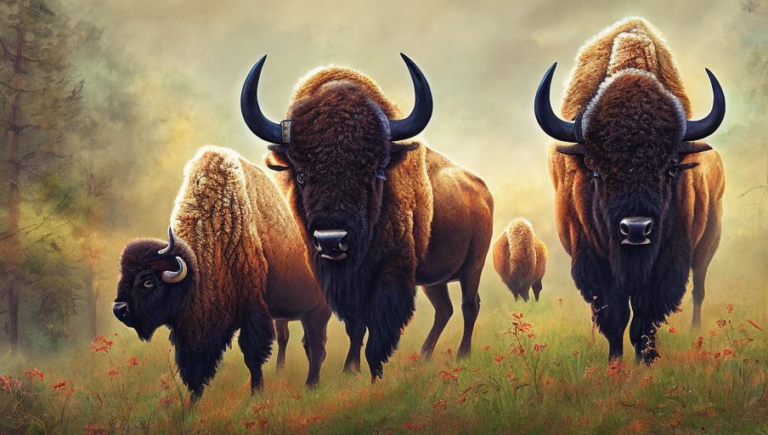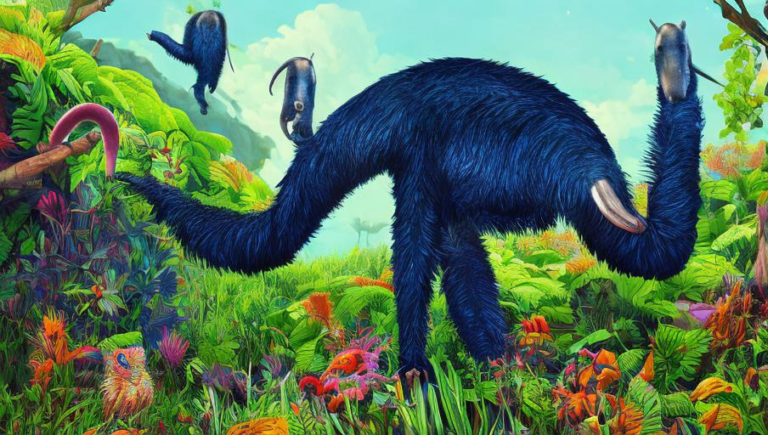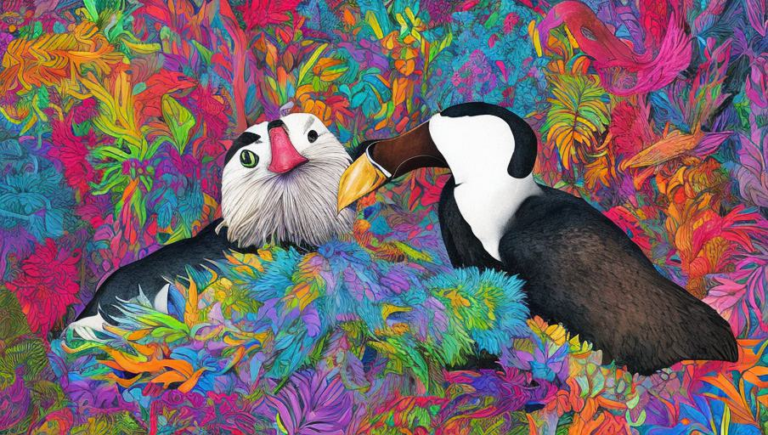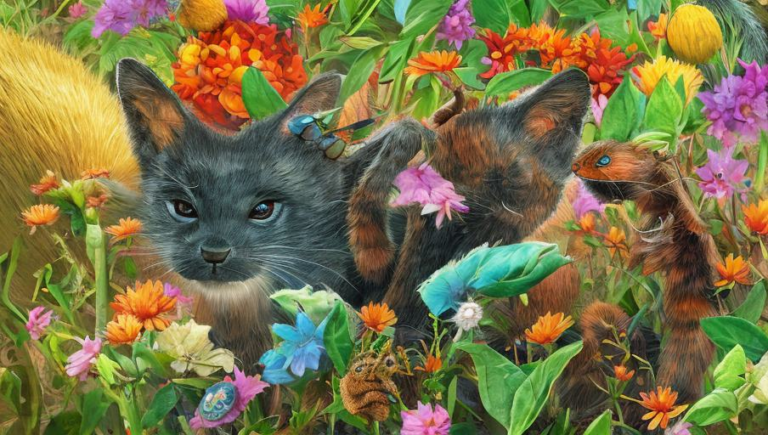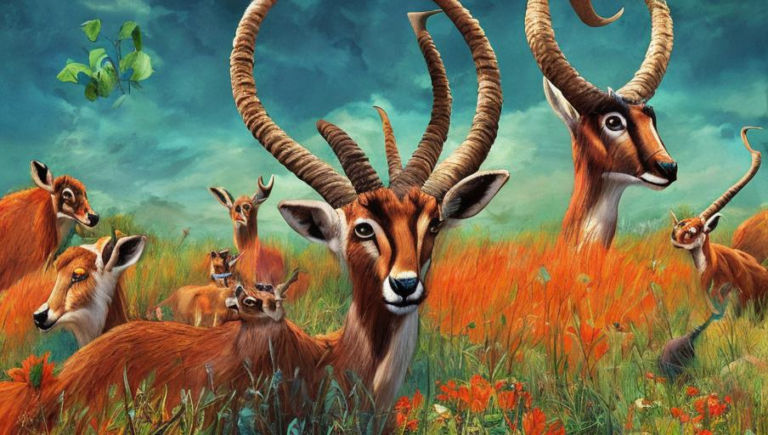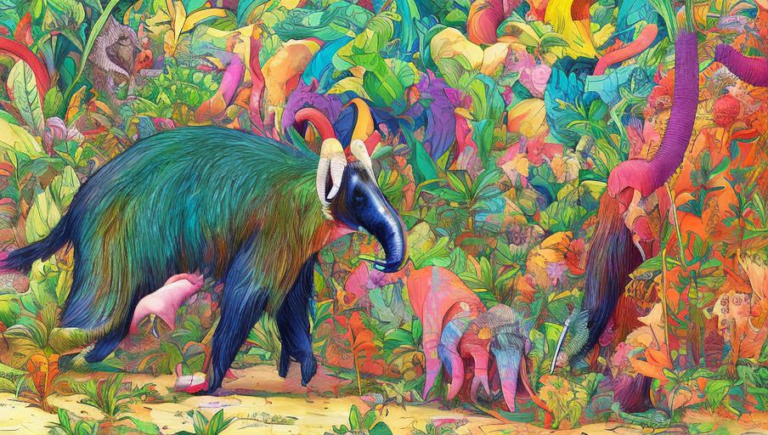Reintroducing the Anteater to the Wild
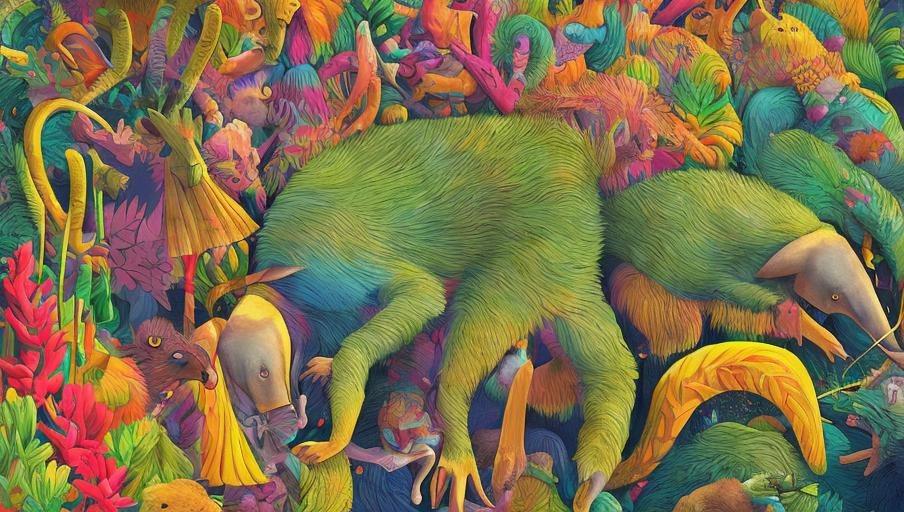
Uncovering the Anteater
The anteater is a fascinating creature that has been around since prehistoric times. It has a long, slender snout and a tongue that can reach up to 60 centimeters. This mammal is found in South and Central America and is mainly found in grasslands, savannas, and tropical forests. The main food source of an anteater is ants and termites, but they also feed on beetles, grasshoppers, and other small insects.
Threats to Anteater Populations
While the anteater is an incredibly resilient animal, its population is facing a number of threats. These threats include habitat destruction, hunting, and the illegal pet trade. In some areas, the anteater is considered a pest, which leads to hunting and trapping. Additionally, the illegal pet trade has caused a significant decrease in the population of these animals.
Reintroduction Efforts
In order to help save these animals, many conservation organizations have been working to reintroduce anteaters into their natural habitats. This process involves carefully tracking the animals and creating a safe, protected environment for them. Additionally, the anteaters are given food and water to help them survive in their new environment. Through these efforts, the population of anteaters has slowly been increasing.
The Role of Education
Education is an important factor in protecting the anteater population. Conservation organizations have been working to raise awareness about the importance of protecting these animals and their habitats. This includes teaching people about the threats to anteater populations and the ways that they can help protect them. Through these efforts, more people are becoming aware of the need to protect these creatures and their habitats.
The Benefits of Reintroducing Anteaters
Reintroducing anteaters into their natural habitats has multiple benefits. These animals are important to their ecosystems, as they help keep the population of insects in check. Additionally, they help to increase the biodiversity of their habitats, as they provide food for other animals. Finally, they serve as a symbol of conservation and a reminder of the need to protect these animals and their habitats.
The Future of the Anteater
Although the population of anteaters is still threatened, the reintroduction efforts have been successful in increasing the population. Conservation organizations are continuing to work hard to protect these creatures and their habitats. With continued education and conservation efforts, the population of anteaters can be preserved for future generations.
